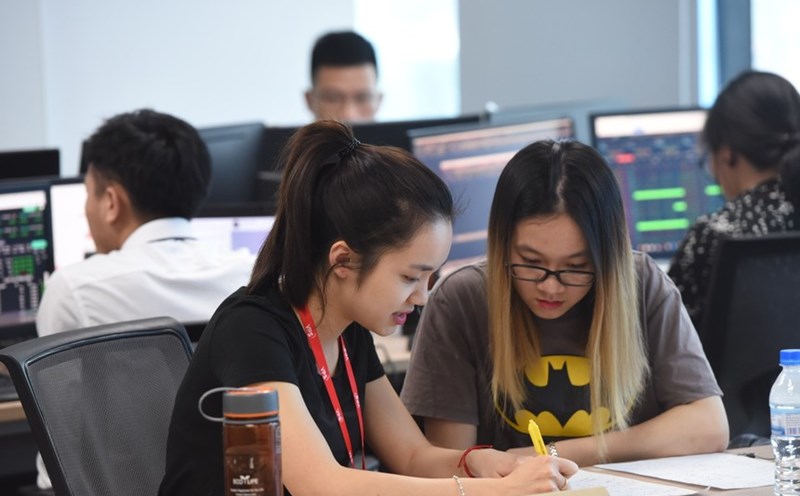At the end of the session on May 30, VN-Index fell 9.26 points, to 1,332.6 points. HNX-Index decreased by 1.08 points to 223.22 points. Market liquidity increased compared to the previous trading session, with the matching volume of VN-Index's matching command transaction reached more than 910 million shares, equivalent to the value of more than 20,700 billion dong. Liquidity on HNX-Index reached more than 99 million shares, equivalent to more than VND 1,600 billion.
Regarding foreign transactions, this group continues to net sell more than VND 1,085 billion on the HOSE, focusing on HPG codes (VND 188.65 billion), MWG (VND 132.3 billion)...
Looking back on the market in May, it can be seen that this is the most brilliant time of Vietnamese stocks in recent years. The VN-Index has increased more than 110 points from the beginning of the month, thereby climbing to the peak of 3 years. Before the strong breakthrough, Vietnam's stock market went through a turbulent period after the tariff shock in early April. After less than 2 months, VN-Index increased by nearly 250 points. Hose floor capitalization corresponds to more than 1.2 million billion dong (equivalent to 47 billion USD).
A remarkable point of the market is that the information is contrary to the low -lying area that may lead to the state of "sell in sewing", the market continuously receives pushes, helping investors psychology significantly improved. Foreign capital flows are also showing signs of returning to Vietnam's stock market. After the constant process of discharge, foreign investors have suddenly returned to net buying nearly 2,000 billion dong since the beginning of May. Although the net buying value is not large and cannot confirm that the capital flows have reversed, but at least the net selling momentum will help reduce the pressure on the market.
The main driving force for the market to increase the destination is large-cap stocks, especially Vingroup and banking stocks. Not stopping there, cash flow then continued to spread to small and medium-cap groups. The groups of seafood, textile, logistics and real estate stocks have attracted strong money and have developed positively in the past few sessions, thereby further strengthening the increase for the VN-Index.
In particular, the strong growth of the VN-Index is not a random result but is supported by many fundamental factors and positive prospects of the Vietnamese economy. Domestic economic stimulus policies, including increased public spending and support for the private enterprise sector according to Resolution 68-NQ/TW 2025, have created great momentum for the stock market. In addition, the valuation of the Vietnamese stock market is also considered attractive compared to regional markets.
With the P/E ratio of the VN-Index fluctuating around 15-16 times, significantly lower than markets such as India or Korea, Vietnam is still an attractive destination for long-term investors.









